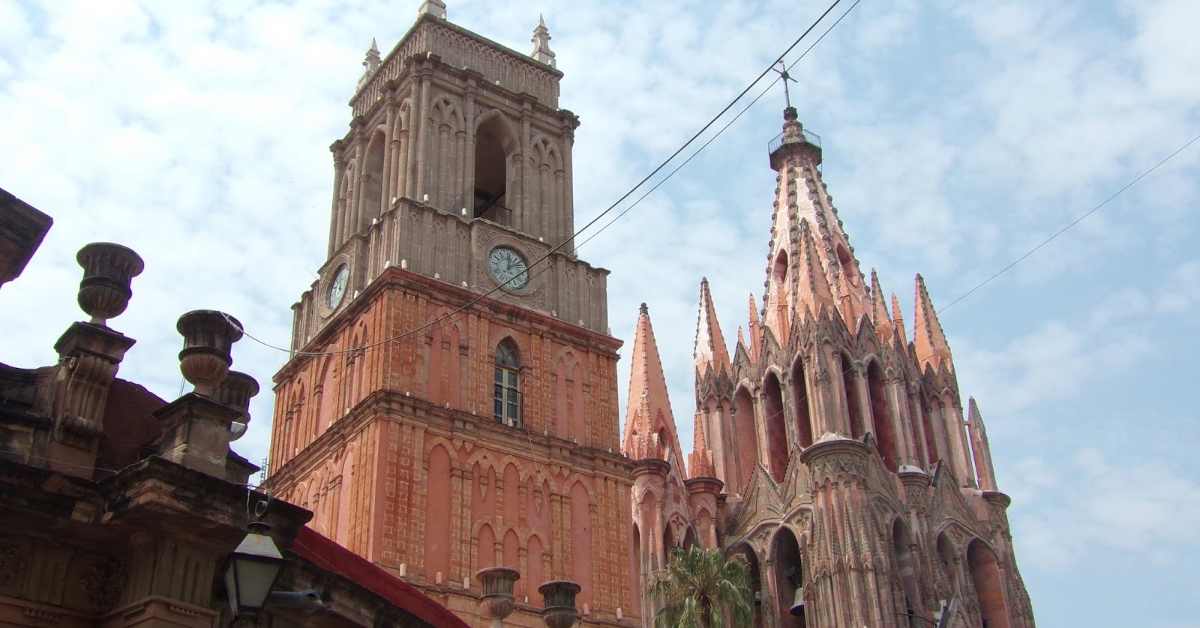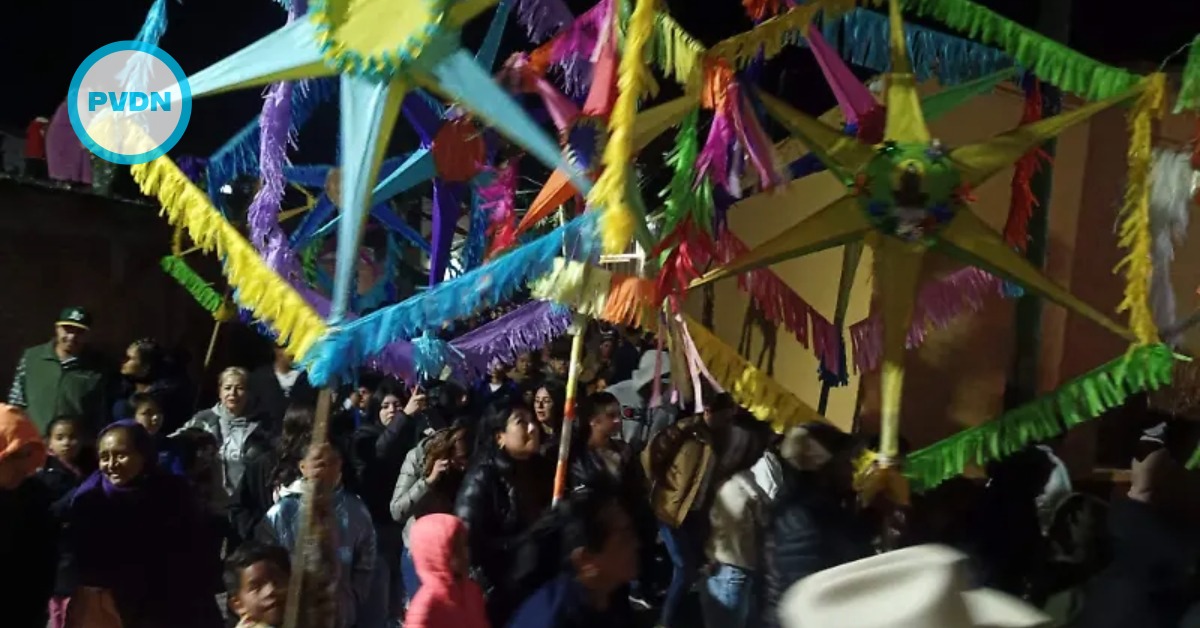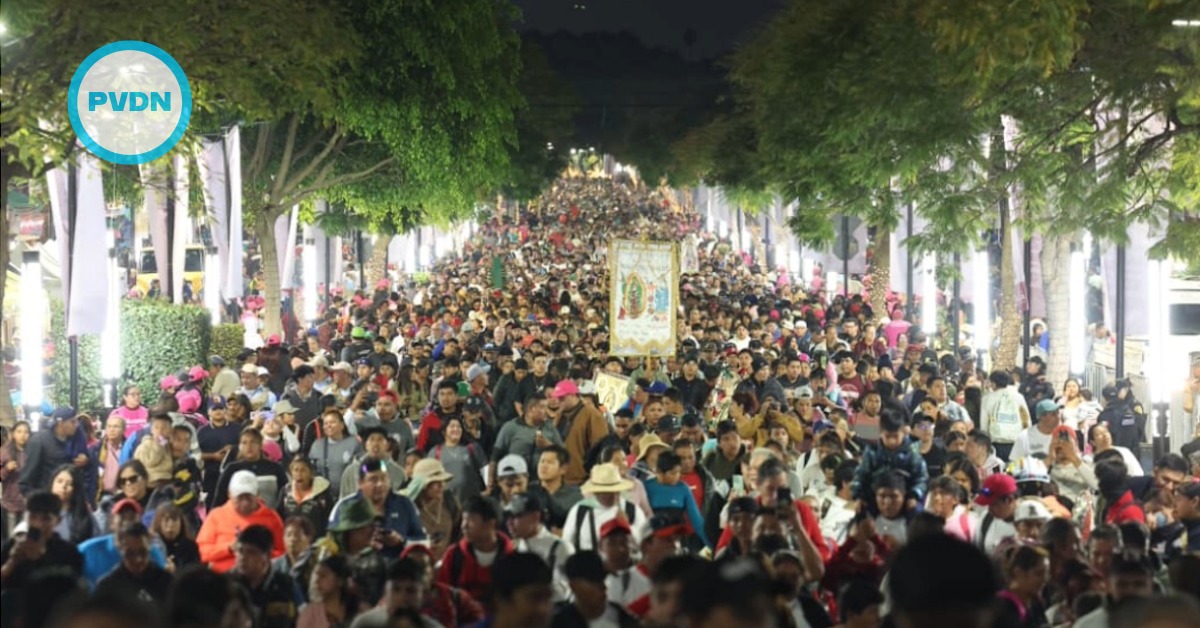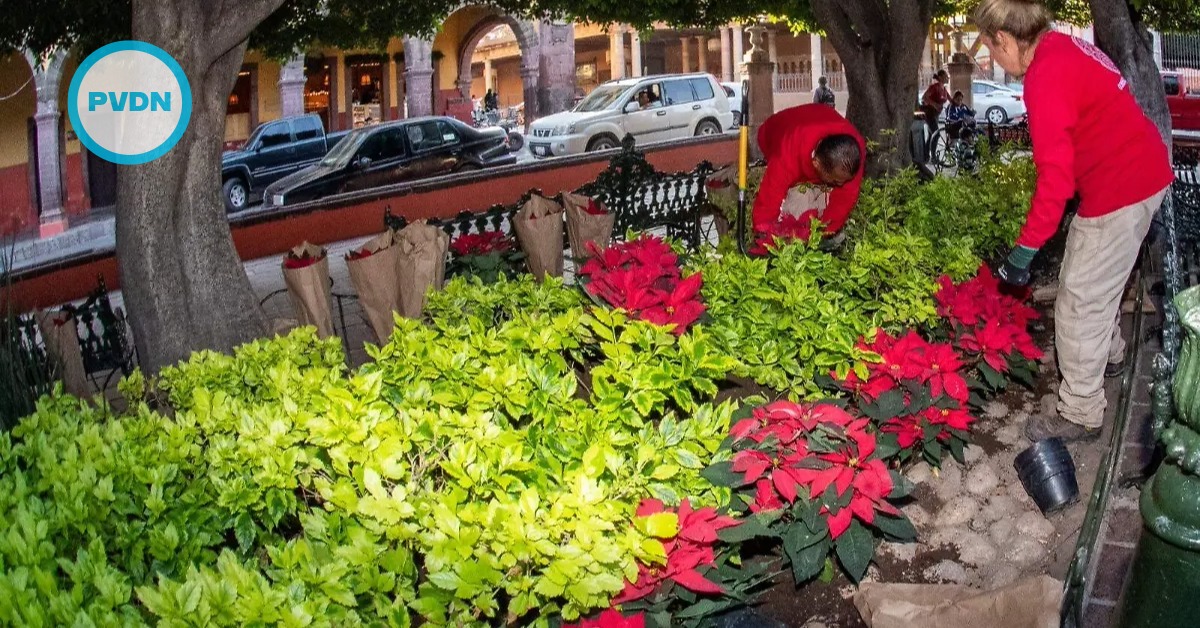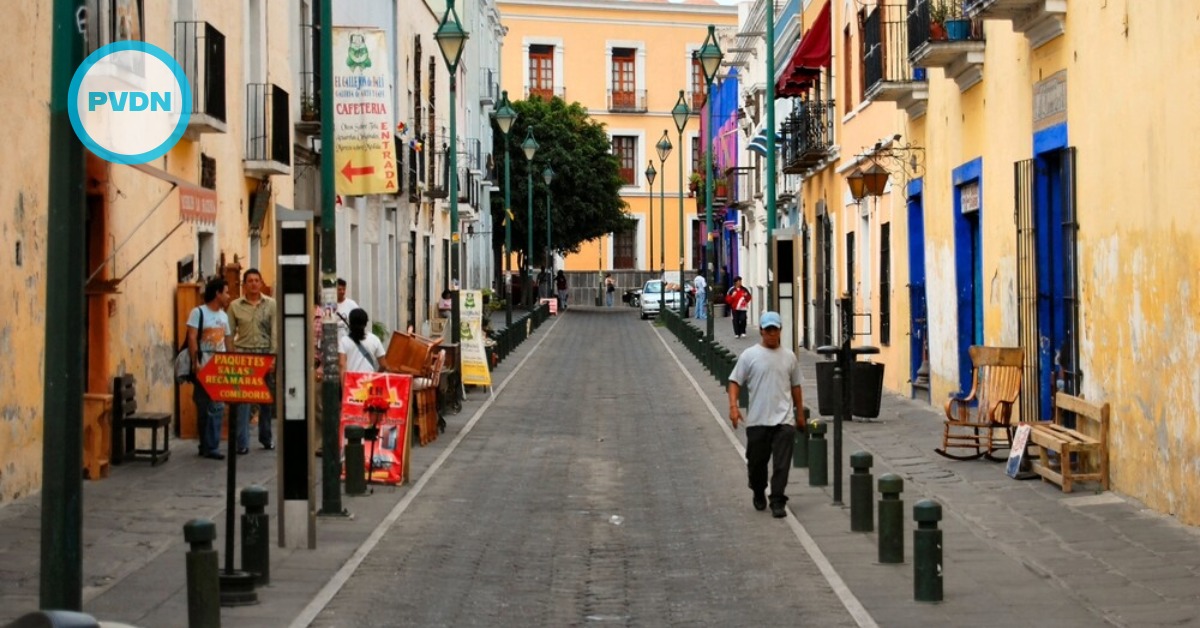San Miguel de Allende wears its history on its sleeve, but you can hear it in its heartbeat too—each chime of the monumental clock in the main square. For 46 years, Raúl Vázquez has wound, oiled, cleaned, and calibrated that French-made marvel, carrying on a tradition born when the clock first ticked in 1901. Today his son Daniel continues the work, ensuring the gears of time keep turning for everyone in town.
Raúl’s journey began in 1979, when the clock stood silent—its dials cracked, its quarters mute, pigeons treating the . . .


